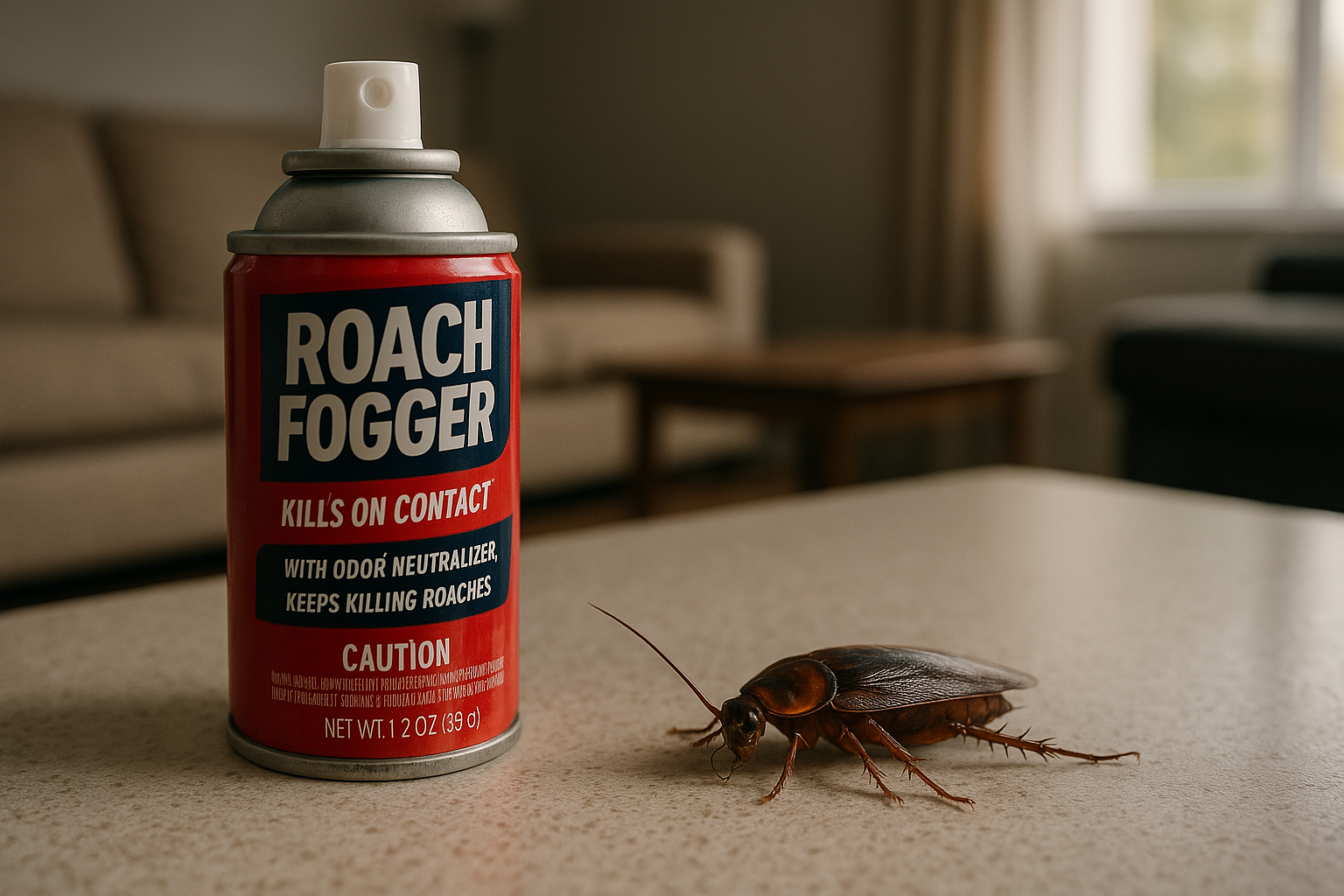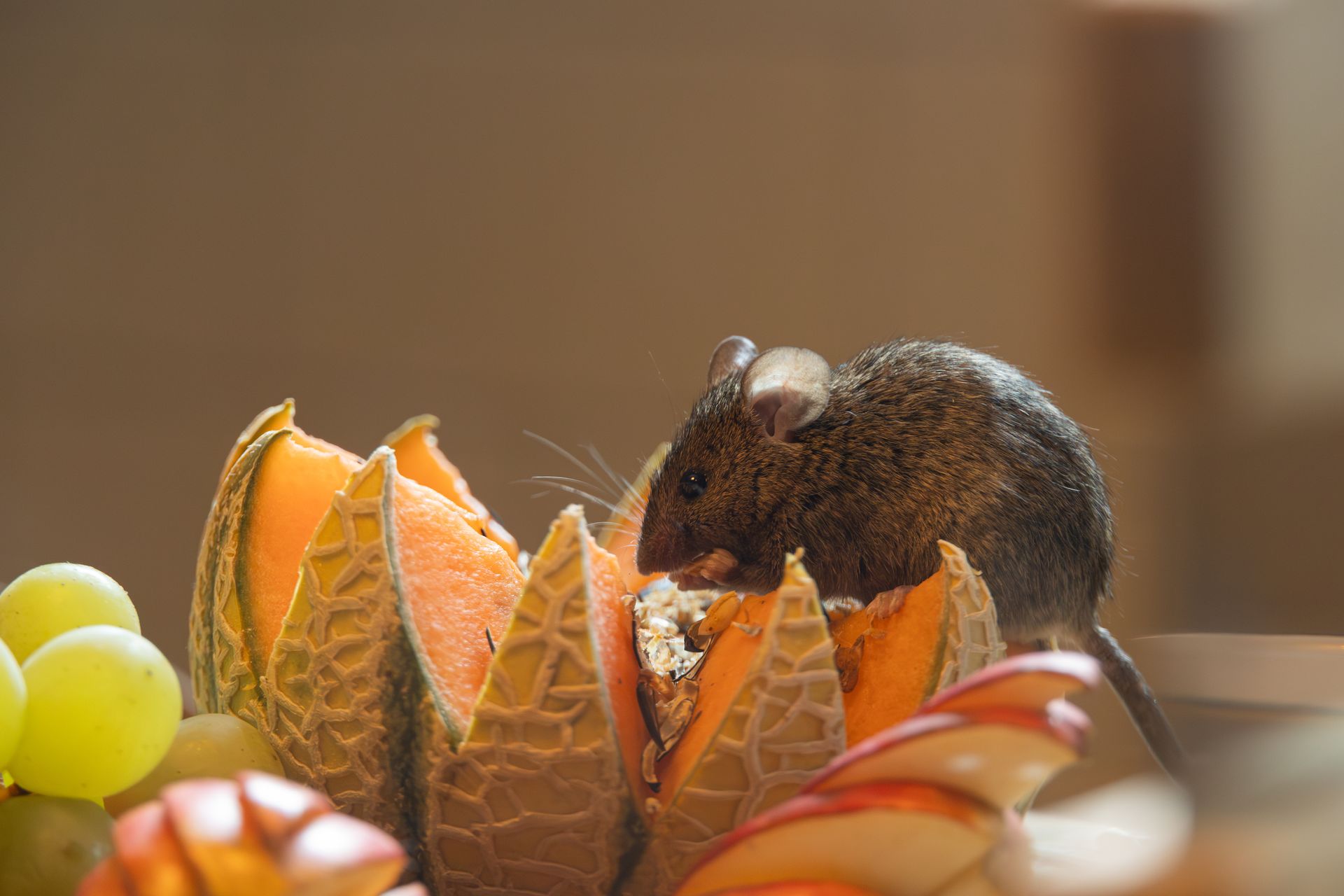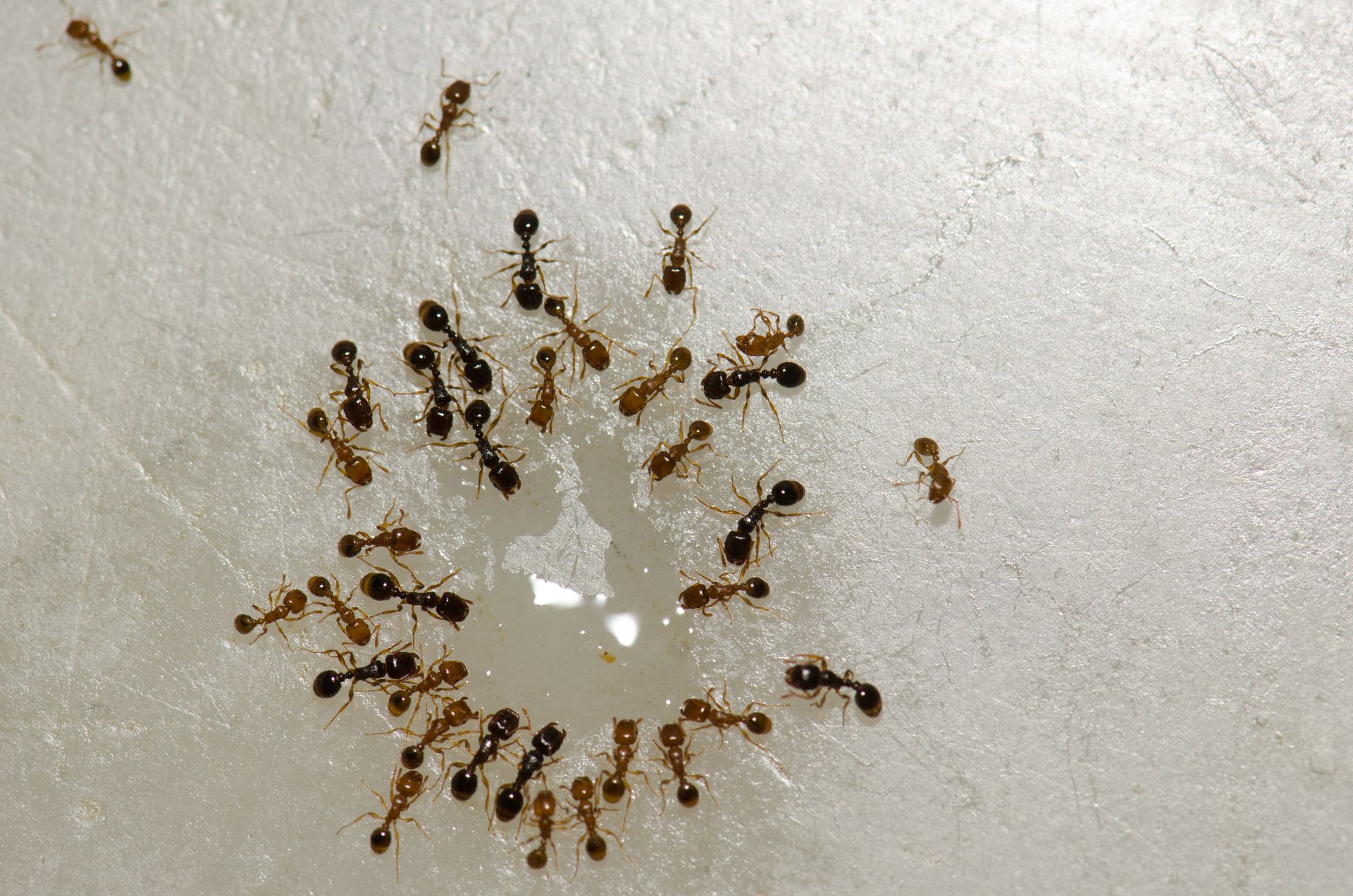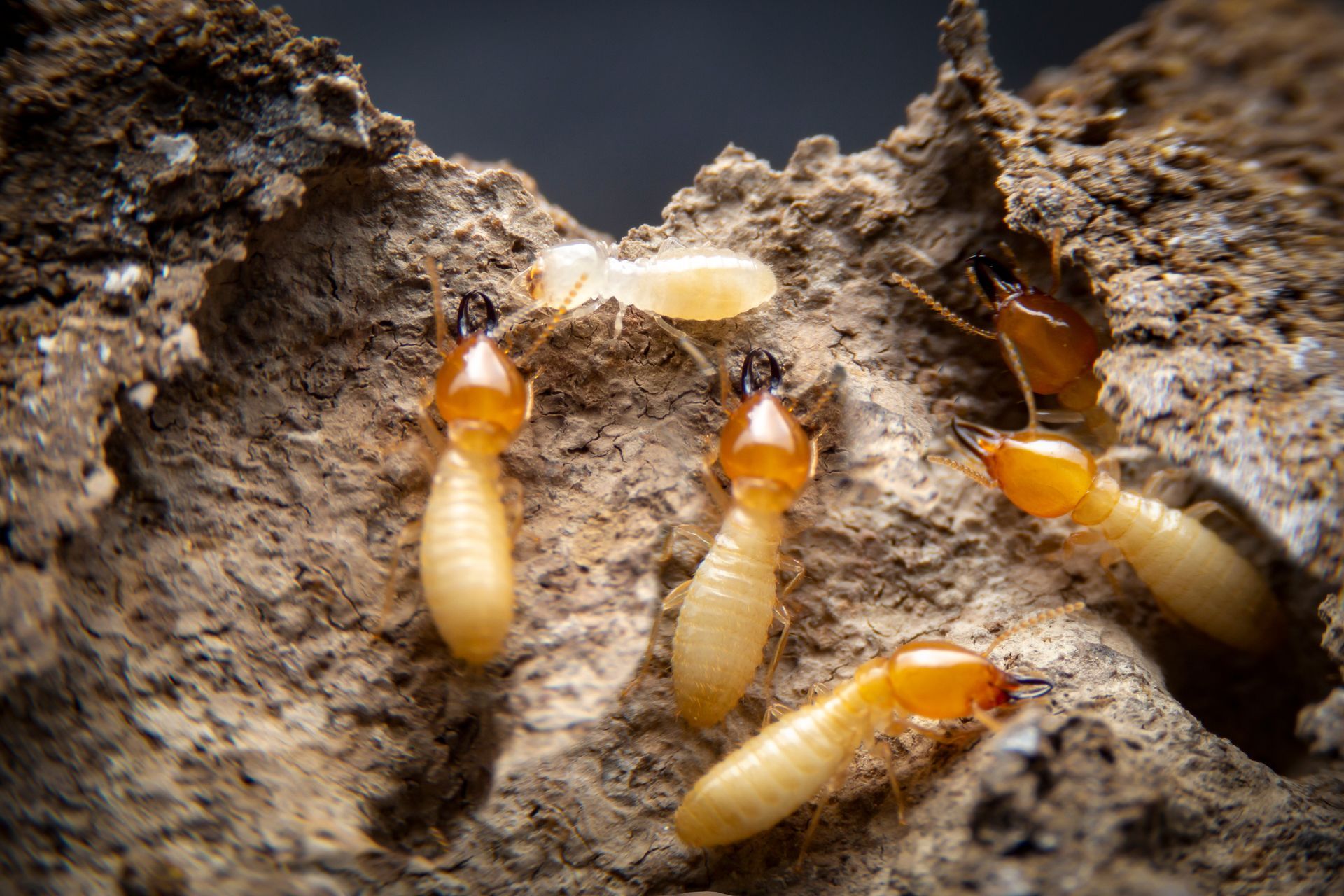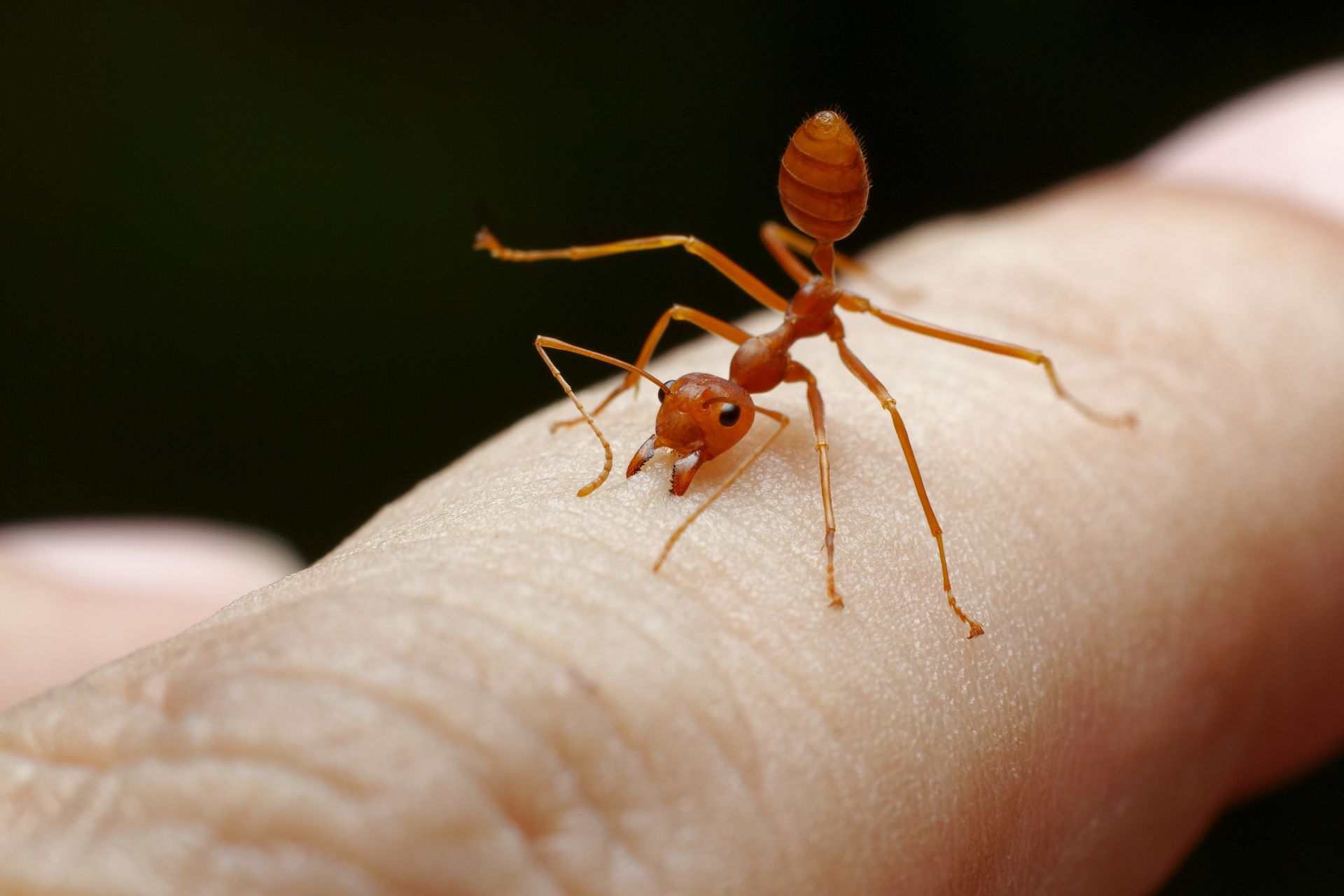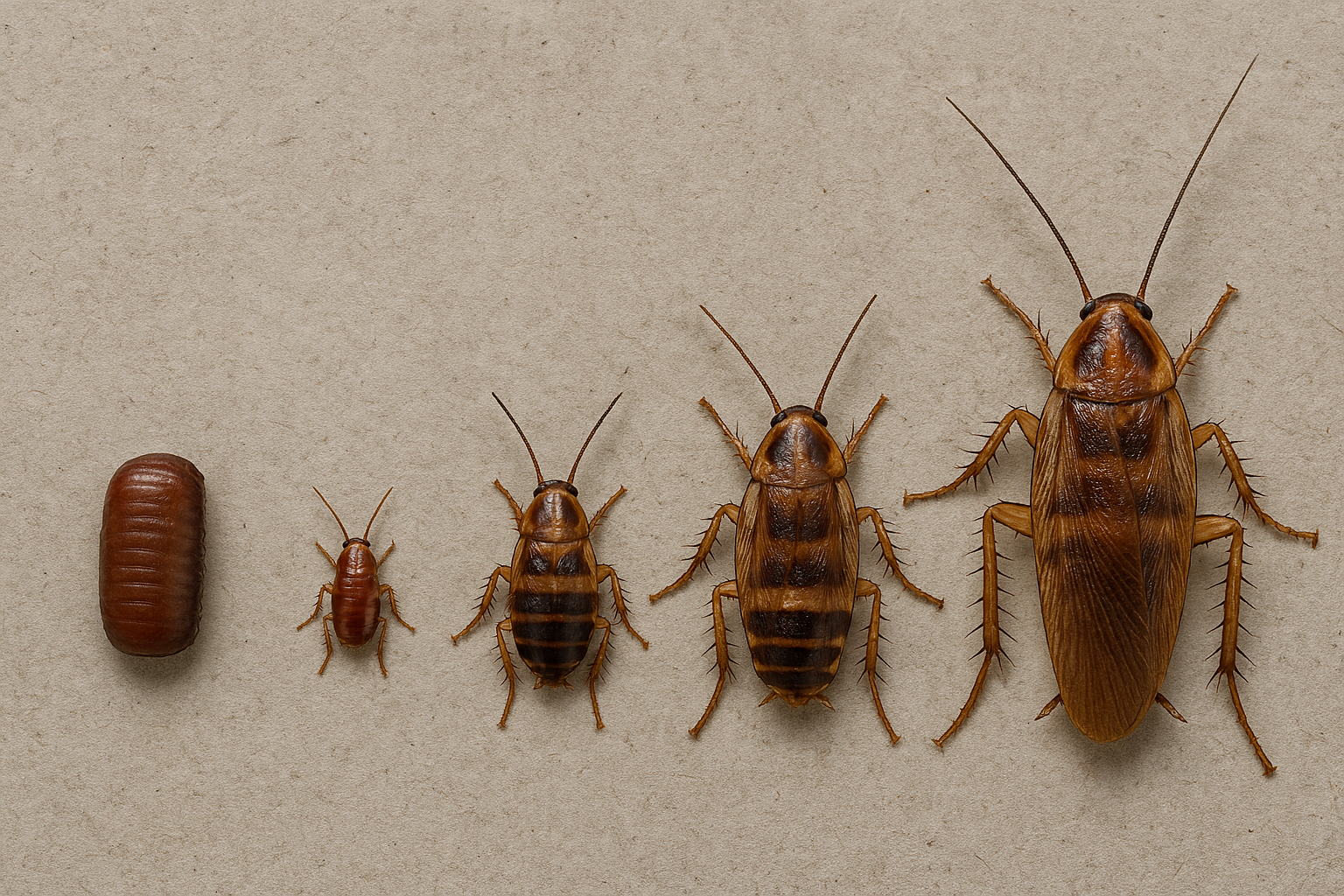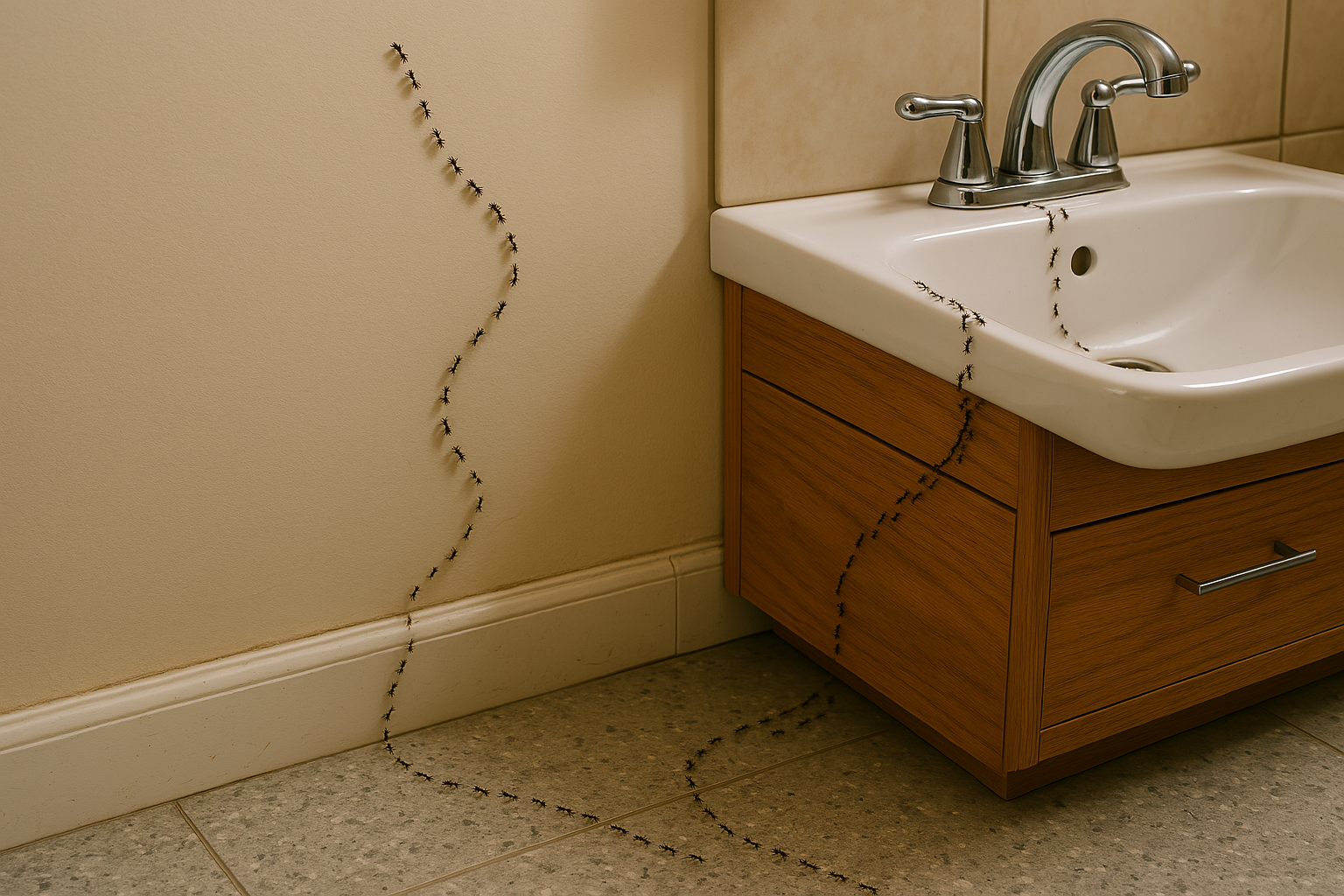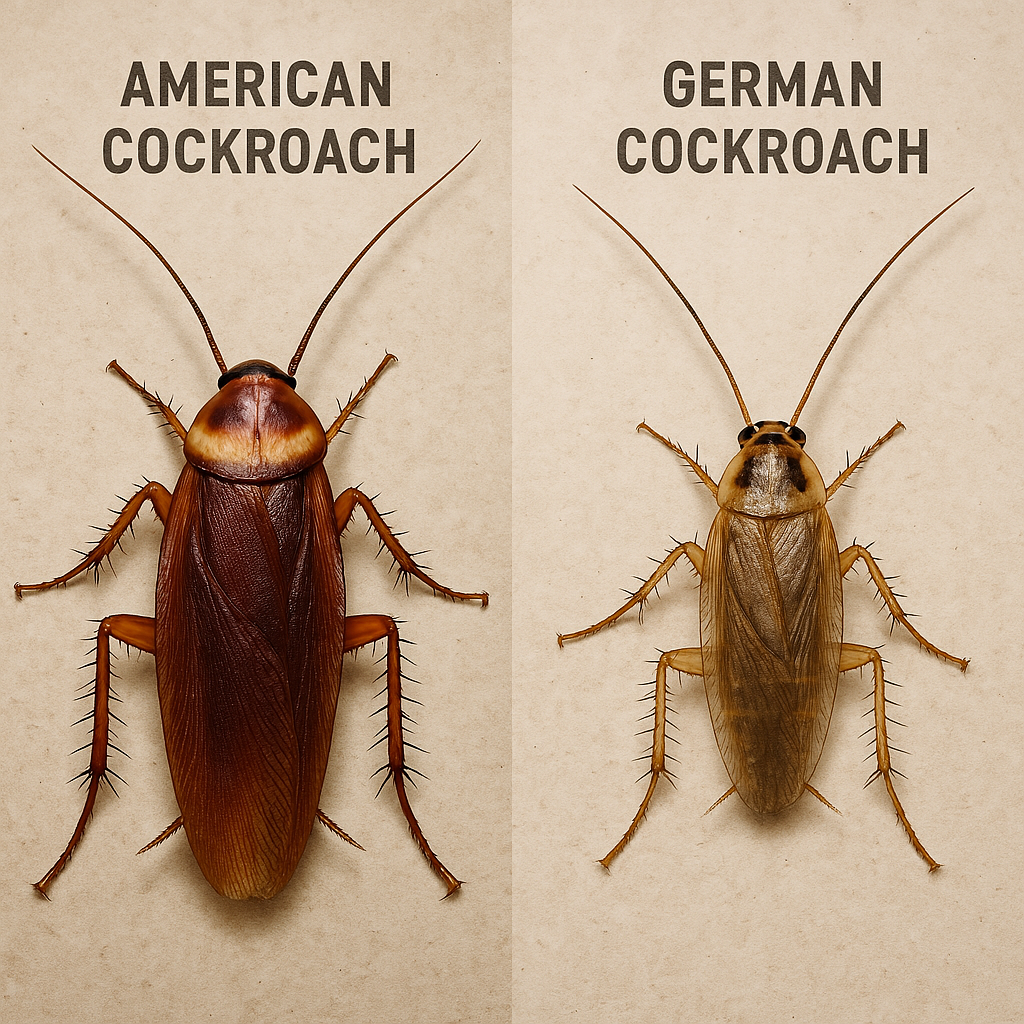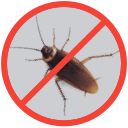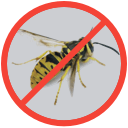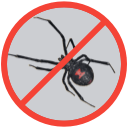Where Do Fruit Flies Come From?
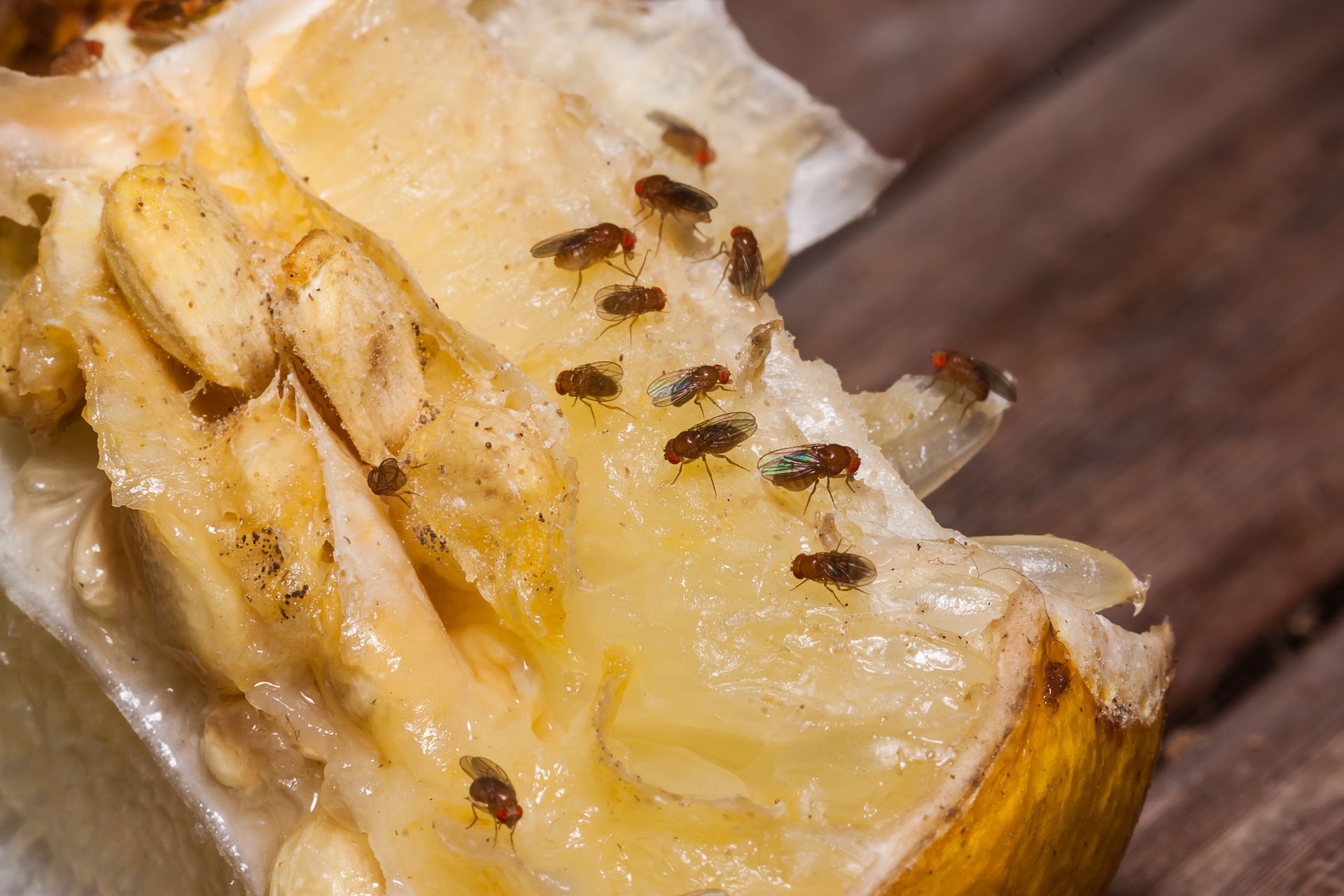
Fruit flies, scientifically known as Drosophila melanogaster, are tiny yet persistent household pests that seem to appear out of nowhere, particularly during late summer and fall. These small insects are characterized by their reddish eyes and tan or brownish bodies and are attracted to ripe, fermenting, or decaying fruit and vegetables. Contrary to popular belief, fruit flies do not spontaneously generate from fruit itself. Instead, they typically enter homes on fruits or vegetables that already contain eggs or larvae, or they fly in from outside through open doors and windows, attracted by the scent of ripe produce. Once inside, fruit flies can quickly establish themselves and reproduce at an alarming rate, with females capable of laying up to 500 eggs in their short lifetime. The rapidity of their life cycle, which can be completed in just about a week under optimal conditions, contributes to the sudden and seemingly mysterious appearance of large fruit fly populations. Understanding the true origin of fruit flies is crucial for effective prevention and control, as it allows homeowners to target the source of the infestation rather than merely addressing the symptoms.
Signs of a Fruit Fly Problem
The most obvious sign of a fruit fly problem is the presence of small, gnat like insects hovering around fruit bowls, trash cans, or sink areas in your kitchen. You may also notice these tiny pests congregating near windows or light fixtures, especially in the evening when they are most active. Another telltale indicator is the appearance of small, dark spots on ripe fruits or vegetables, which could be fruit fly eggs or larvae which could indicate that an infestation is already underway.
Where Can Fruit Flies Come From?
Fruit flies can enter homes through various means and often go unnoticed until an infestation becomes apparent. Their small size and keen sense of smell for fermenting organic matter make it easy for them to find their way into living spaces. The primary sources of fruit fly infestations include:
- Produce: Fruits and vegetables brought from grocery stores or gardens may already contain fruit fly eggs or larvae.
- Open entry points: Fruit flies can squeeze through tiny cracks in walls, loose seals around doors and windows, or fly in through open entrances.
- Wet zones and water outlets: These insects are drawn to decomposing organic substances found in kitchen sinks, waste disposal units, and cleaning equipment storage areas.
- Outdoor sources: Compost piles, fallen fruit in gardens, or nearby dumpsters can serve as breeding grounds.
Understanding these entry points and attractants is crucial for effective prevention and control. Fruit flies' ability to detect even faint odors of fermentation from a distance, combined with their small size, allows them to infiltrate homes quickly and establish populations before homeowners become aware of their presence. Once inside, their rapid reproduction cycle can lead to a sudden and seemingly inexplicable infestation which makes proactive measures and prompt response to initial sightings essential for maintaining a fruit fly-free environment.
What Causes Fruit Flies?
The primary cause of fruit fly infestations is the presence of moist, fermenting organic matter that provides an ideal environment for their feeding and breeding. While their name suggests a preference for fruits, fruit flies are attracted to a wide range of decaying organic materials. The main attractants and causes of fruit fly problems include:
- Overripe produce: Fruits and vegetables that have begun to ferment or decay
- Fermented beverages: Open or poorly sealed containers of beer, wine, or other alcoholic drinks
- Drains and garbage disposals: Organic residue in these areas provides a perfect breeding ground
- Trash and compost: Improperly sealed garbage cans or indoor compost bins
- Moist cleaning tools: Damp mops, sponges, and rags can harbor fruit fly eggs and larvae
Additionally, fruit flies are drawn to areas with high moisture levels and organic debris, such as:
- Pantries and food storage areas
- Basements and attics with moisture issues
- Areas with plumbing leaks or standing water
The attraction is primarily due to the yeast and fungi that develop on fermenting materials, which not only provide food for adult fruit flies but also create an ideal environment for egg laying and larval development. Understanding these causes is crucial for effective prevention and control, as eliminating these attractants is key to managing fruit fly populations in homes and other indoor environments.
Where Do Fruit Flies Lay Eggs?
Fruit flies exhibit a strategic approach to egg laying, selecting sites that will provide optimal conditions for their offspring's survival and development. They predominantly deposit their eggs on or near fermenting fruits, vegetables, and other moist organic materials, ensuring a readily available food source for the emerging larvae. The eggs, which are incredibly small and pale in color, are often laid in clusters of up to 500, typically in areas that are difficult to spot such as crevices in fruit skin, the edges of rotting produce, or even in the film of organic matter that builds up in drains and garbage disposals.
When Are Fruit Flies Active?
Fruit flies demonstrate peak activity during the warmer months of summer and early fall, coinciding with the abundance of ripe and decaying fruits and vegetables. While they can be present year-round in temperature controlled indoor environments, their populations tend to surge when outdoor temperatures are consistently above 53°F (12°C), as this warmth accelerates their reproductive cycle and larval development. During colder seasons, particularly in regions with harsh winters, fruit fly activity significantly decreases outdoors.
How Long Do Fruit Flies Live?
Fruit flies have a remarkably extended lifespan that often surprises people, with mature individuals potentially surviving for 40 to 50 days when environmental conditions are ideal. This extended lifespan, combined with their rapid reproductive cycle, contributes significantly to their ability to establish persistent infestations in homes and other indoor environments. The fruit fly's life cycle, from egg to adult, can be completed in as little as 8 to 10 days, allowing for multiple generations to overlap within a short period. Temperature plays a crucial role in their development and longevity, with warmer conditions around 85°F (29°C) being ideal for their reproduction and survival. In these optimal temperatures, fruit flies not only live longer but also mature and reproduce more quickly, leading to exponential population growth.
Are Fruit Flies Harmful?
While fruit flies are generally considered more of a nuisance than a direct health threat, they do pose some potential risks that shouldn't be overlooked. These tiny insects don't bite, sting, or produce venom which makes them relatively harmless in direct interactions with humans. However, their habit of frequenting both decaying organic matter and food preparation areas makes them potential vectors for various bacteria and pathogens. Fruit flies can carry and transfer harmful microorganisms such as E. coli, Salmonella, and Listeria from contaminated surfaces to clean ones, potentially leading to foodborne illnesses if proper hygiene practices are not maintained. It's important to note that the risk of disease transmission is generally low and can be mitigated through proper sanitation and food handling procedures.
How to Get Rid of Fruit Flies
Effectively eliminating fruit flies requires a multi-faceted approach that combines immediate elimination tactics with long term prevention strategies. To address an existing infestation, several methods can be employed:
- Apple cider vinegar trap: Create a trap using apple cider vinegar and dish soap in a container covered with plastic wrap with small holes.
- Ripe fruit bait: Use overripe fruit in a jar with a paper funnel to attract and trap fruit flies.
- Commercial traps: Utilize store bought fruit fly traps designed for indoor use.
- Natural predators: Introduce carnivorous plants like Venus flytraps in affected areas.
Alongside these trapping methods, it's crucial to eliminate breeding sites and food sources:
- Dispose of overripe produce and empty produce containers promptly.
- Clean and sanitize garbage disposals, sinks, and trash cans regularly.
- Wash and dry dish rags and towels frequently.
- Inspect and clean pet food bowls, especially those containing fresh produce.
For long term control, implement these preventive measures:
- Store fruits and vegetables properly, either refrigerated or in sealed containers.
- Promptly clean any spilled liquids or food particles.
- Ensure proper sealing of garbage and compost bins.
- Identify and rectify any excess moisture problems both inside and outside the dwelling.
By combining these elimination techniques with thorough sanitation and prevention practices, you can effectively manage fruit fly infestations and reduce the likelihood of future problems. Persistence is key, as it may take several days to completely eradicate an established population.
How to Prevent Fruit Flies
Preventing fruit fly infestations requires a proactive approach focused on eliminating potential attractants and breeding sites. The key to successful prevention lies in maintaining a clean environment and proper food storage practices. Here are essential strategies to keep fruit flies at bay:
- Fruit and vegetable management:
- Store produce in airtight containers or the refrigerator
- Promptly dispose of overripe or decaying fruits and vegetables
- Inspect produce for signs of infestation before bringing it into your home
- Kitchen hygiene:
- Clean up spills and food residue immediately
- Regularly clean and sanitize garbage disposals and drains
- Ensure trash cans are sealed and emptied frequently
- Moisture control:
- Fix any plumbing leaks promptly
- Keep sponges and dishcloths clean and dry when not in use
- Ensure proper ventilation in kitchen and bathroom areas
- General home maintenance:
- Install and maintain mesh screens on windows and doors
- Seal cracks and crevices that might serve as entry points
- Conduct regular inspections and cleanings of food storage spaces and pantry areas
By implementing these preventive measures consistently, you can significantly reduce the likelihood of fruit fly infestations. Remember, fruit flies require very little to thrive, so vigilance in maintaining a clean, dry environment is crucial. Regular inspection of potential problem areas and prompt addressing of any issues that arise will help keep your home fruit fly free year round.
Contact EcoGuard Pest Management if You Are Dealing with Fruit Flies
If you've tried various DIY methods to combat fruit flies but still find yourself facing a persistent infestation, it may be time to seek professional assistance. EcoGuard Pest Management specializes in dealing with fruit fly problems and offers targeted solutions that address both immediate infestations and long term prevention. Our experienced technicians can identify hidden breeding sites, implement effective control measures, and provide tailored advice to keep your home fruit fly-free. We understand the frustration of dealing with these tiny pests and are committed to delivering safe, efficient, and environmentally responsible pest control solutions. Don't let fruit flies disrupt your daily life or compromise the hygiene of your home. Contact EcoGuard Pest Management today for a comprehensive assessment and personalized treatment plan.
Source of Fruit Flies FAQs
How do fruit flies spawn out of nowhere?
Fruit flies don't actually spawn out of nowhere, though it may seem that way due to their rapid reproduction. They typically enter homes on fruits or vegetables that already contain eggs or larvae, or they fly in from outside attracted by the scent of ripe produce. Once inside, female fruit flies can lay hundreds of eggs in a short period, and with a life cycle that can complete in just 8-10 days under ideal conditions, populations can explode quickly which gives the illusion of sudden appearance.
What is the main cause of fruit flies in the house?
The main cause of fruit flies in the house is the presence of moist, fermenting organic matter that attracts them and provides an ideal breeding environment. This typically includes overripe fruits and vegetables but can also involve less obvious sources such as residue in drains, garbage disposals, empty bottles and cans, or damp mops and sponges. Fruit flies are drawn to the yeast and fermentation processes in these materials, which not only provide food for adults but also create perfect conditions for laying eggs and larval development.
What is the fastest way to get rid of fruit flies?
The fastest way to get rid of fruit flies typically involves a two-pronged approach: eliminating their breeding sites and trapping the existing adult population. Start by removing all sources of fermenting organic matter, such as overripe fruits, and thoroughly cleaning drains and garbage areas. Simultaneously, set up apple cider vinegar traps (a bowl of apple cider vinegar mixed with a few drops of dish soap, covered with plastic wrap with small holes) in affected areas to quickly capture adult fruit flies. This combination of source elimination and trapping can significantly reduce fruit fly populations within a few days, though complete eradication may take a week or more depending on the severity of the infestation.
Why do I have fruit flies with no fruit?
Fruit flies can persist in homes even without visible fruit due to less obvious sources of moisture and organic matter. These pests can breed in damp areas like sink drains, garbage disposals, empty bottles or cans, mop buckets, and even the soil of overwatered houseplants. Additionally, fruit flies may be attracted to other fermented or sugary substances in your home, such as spilled juice, soda residue, or even residual beer or wine in recyclables, making it possible to have an infestation without apparent fruit sources.


